Optimal Seasons for Foundation Repairs
Foundation repairs are most effectively performed during specific times of the year when environmental conditions favor stability and safety. The ideal seasons typically include late spring through early fall, when ground moisture levels are moderate and soil movement is minimal. This timing helps ensure that repairs are durable and less prone to shifting caused by extreme weather conditions.
Spring offers moderate weather and soil conditions, making it suitable for foundation repairs before heavy summer heat or winter cold sets in.
Summer provides longer daylight hours and stable temperatures, which can facilitate efficient repair work. However, high temperatures and dry soil can sometimes pose challenges.
Fall is another good time for repairs due to cooler temperatures and generally stable soil moisture levels, reducing the risk of further shifting.
Winter is typically less ideal due to freezing temperatures and frozen ground, which can hinder excavation and curing processes.
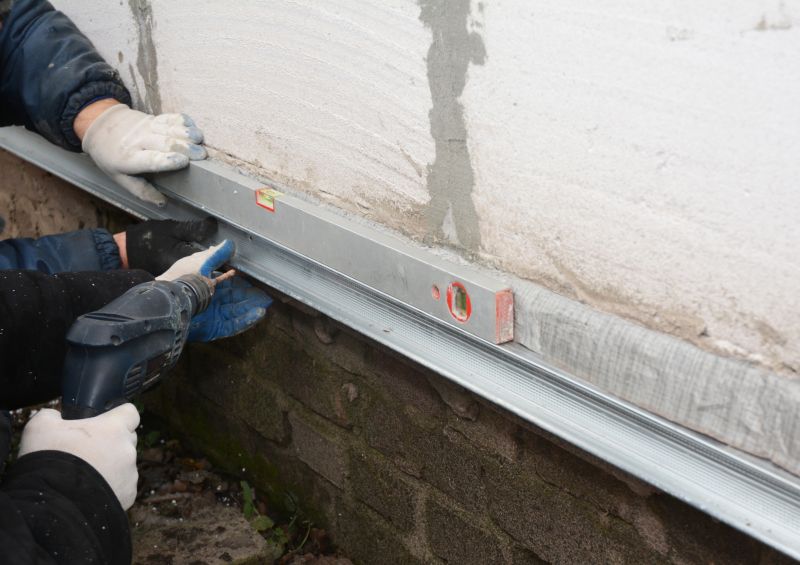
Springtime soil conditions are optimal for foundation stabilization efforts.
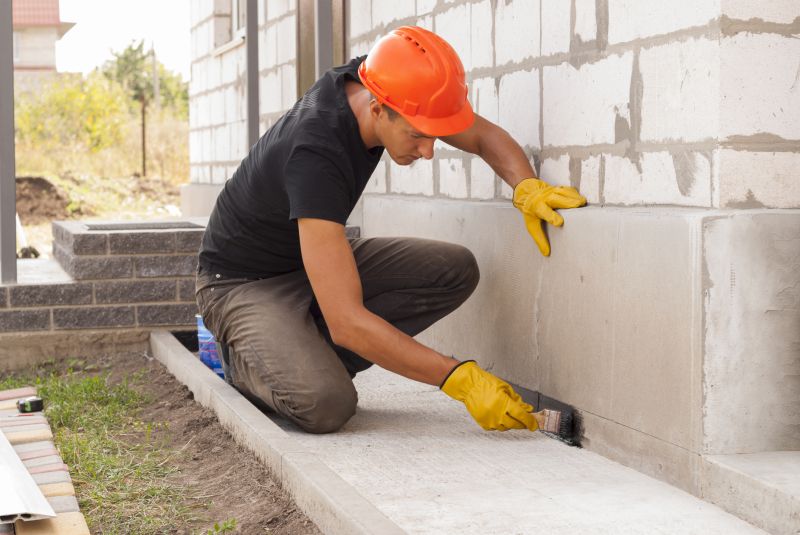
Summer provides extended working hours and stable weather for repairs.
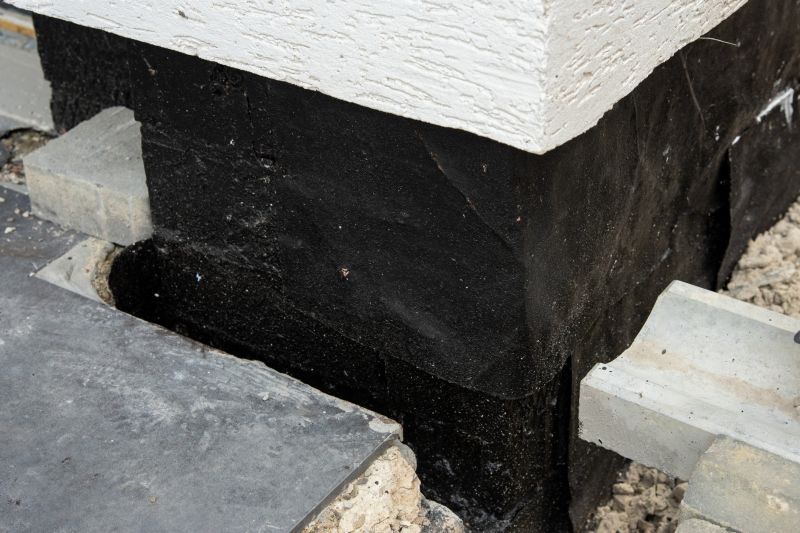
Fall's cooler temperatures help maintain soil stability during repairs.

Winter's cold weather can complicate foundation repair projects.
| Season | Suitability for Foundation Repairs |
|---|---|
| Spring | Highly suitable due to moderate weather and soil conditions. |
| Summer | Suitable, but weather extremes can pose challenges. |
| Fall | Ideal for foundation repairs with cooler temperatures and stable soil. |
| Winter | Not recommended due to freezing temperatures and frozen ground. |
Foundation repairs are critical for maintaining structural integrity and preventing further damage to a property. Proper timing ensures that repairs are effective and long-lasting. Soil conditions, weather patterns, and ground moisture levels influence the success of foundation stabilization efforts. Regular inspections can help identify issues early, reducing the need for extensive repairs later.
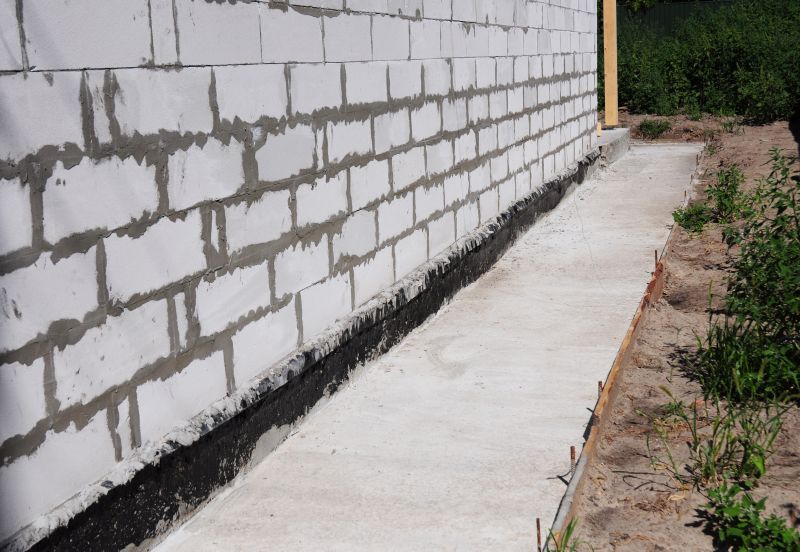
A detailed view of foundation stabilization methods.
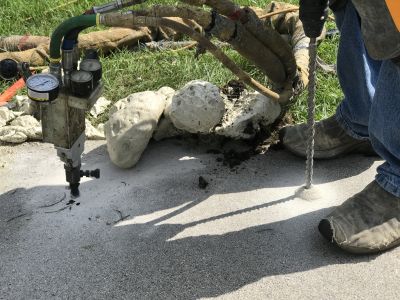
Techniques used to reinforce ground support.
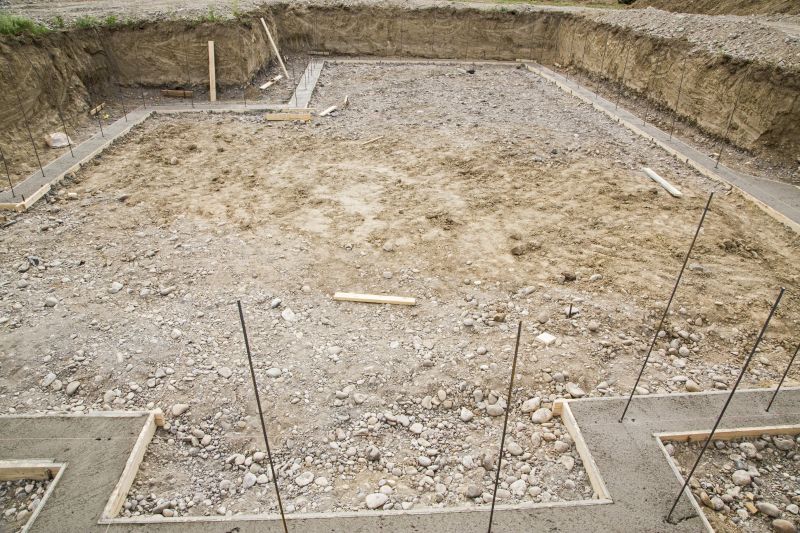
Preparing the site for foundation correction work.

Finished stabilization with structural support.
Timely foundation repairs can prevent costly damages and ensure the safety of a structure. Understanding the best seasons for repair work helps property owners plan effectively and achieve the best results. Consulting with foundation specialists can provide tailored recommendations based on local climate and soil conditions.
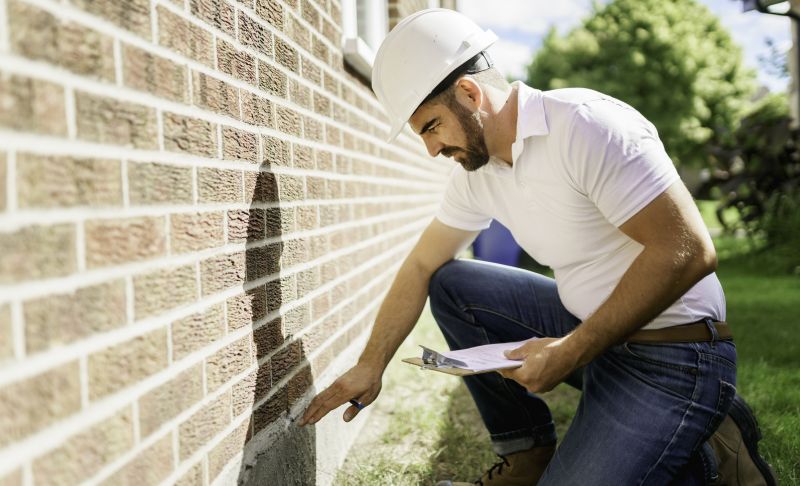
Assessing damage and planning repairs.
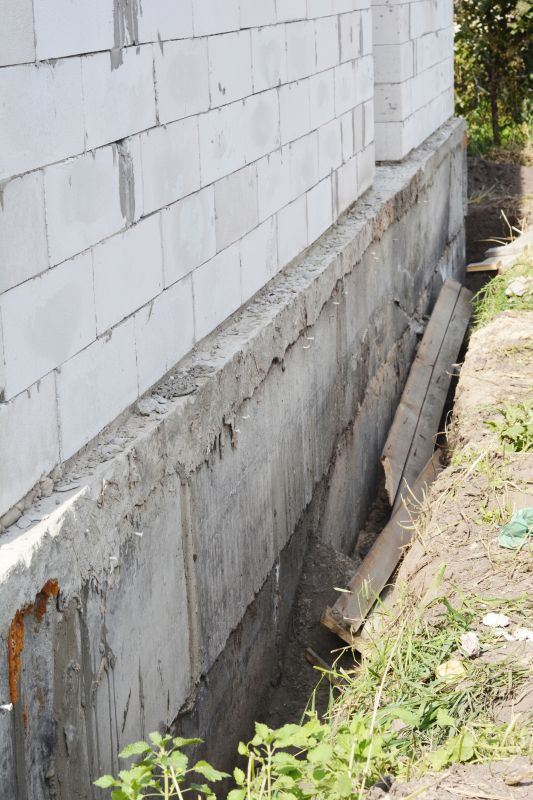
Adding supports to stabilize the structure.
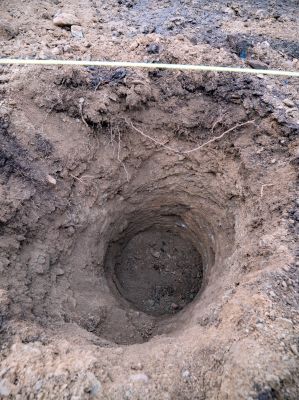
Determining ground conditions before repairs.

Ensuring stability after foundation work.
Interested property owners are encouraged to contact professionals for assessments and scheduling. Proper timing combined with expert execution can significantly extend the lifespan of a foundation and safeguard the property's value.

